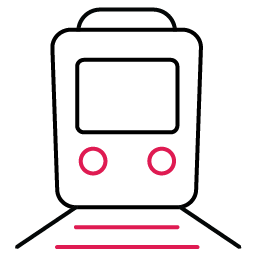Which SAFe configuration is “right” for you?
If you have been working with Agile methods for the past couple of years, I am confident that you have heard about SAFe (Scaled Agile Framework). Many companies are finding tremendous success with this framework, and you are probably trying to decide if you should jump on the bandwagon. Since I will be publishing a few other articles to dive deeper into the topic of whether SAFe is right for your organization, let’s pretend for a moment that you have already decided to experiment with SAFe to see whether it will provide meaningful benefit to your company. If this is the case, you will need to make yet another decision: which SAFe configuration is best?
As a quick refresher on the SAFe framework, there are four individual configurations to choose from, which vary in terms of complexity and scale. I have compiled a few details on the differences so that you can gain a general understanding.
1. Essential SAFe

2. Large Solution
The second largest configuration of SAFe is designed for multiple ARTs, which means you are expected to have a very large program with multiple project teams. The biggest difference between Large Solution and Essential is the sheer size as well as the concept of a “Solution Train” which encapsulates all of your Release Trains. As you might imagine, this option is intended to bring together many different products that are inter-related into a single organizational structure to enable communication and alignment to take place on a regular basis. Two or more ARTs means you will likely have a total somewhere near hundreds of people.
3. Portfolio

4. Full SAFe
The final and largest configuration provided by SAFe is Full SAFe, which resembles a consolidation of Portfolio SAFe and Large Solution SAFe. If you take Large Solution and stack the Portfolio layer on top, then the end result would be Full SAFe. Very few organizations will need this construct, at least not immediately when adopting SAFe.
Now that you have somewhat of an idea of the differences between the four options, how do you know which is right for you? Here are a few factors to consider:
- Has your team applied any type of scaling methods for Agile previously? If no, Essential SAFe would be the perfect place to start.
- How mature are the current Agile teams in terms of their technical practices? If they have been successfully delivering products or services to customers using Agile methods for many years, perhaps Portfolio SAFe may be a good option.
- Do you have more than 200 people on a project? If so, consider launching two separate trains, possibly one before the other instead of simultaneously so that the first train can serve as the experimentation and provide learnings that can accelerate adoption for the second train.




